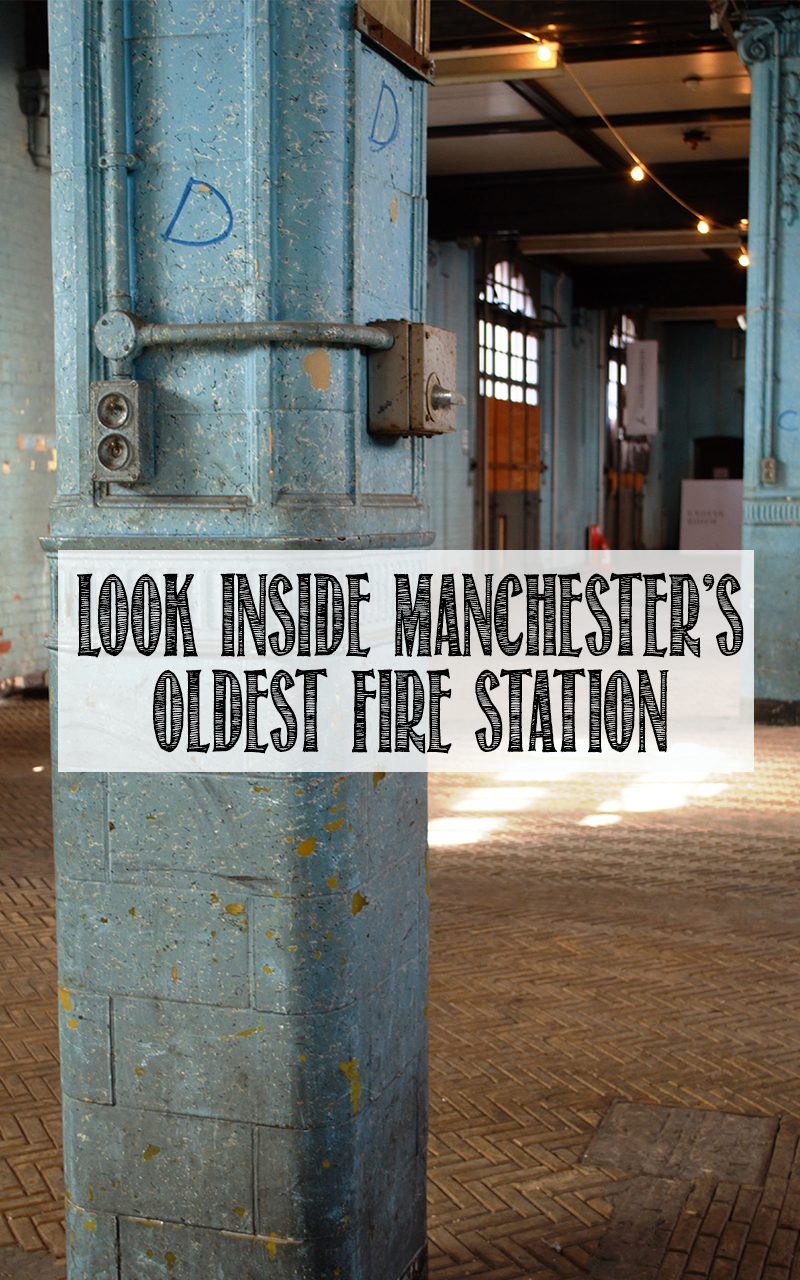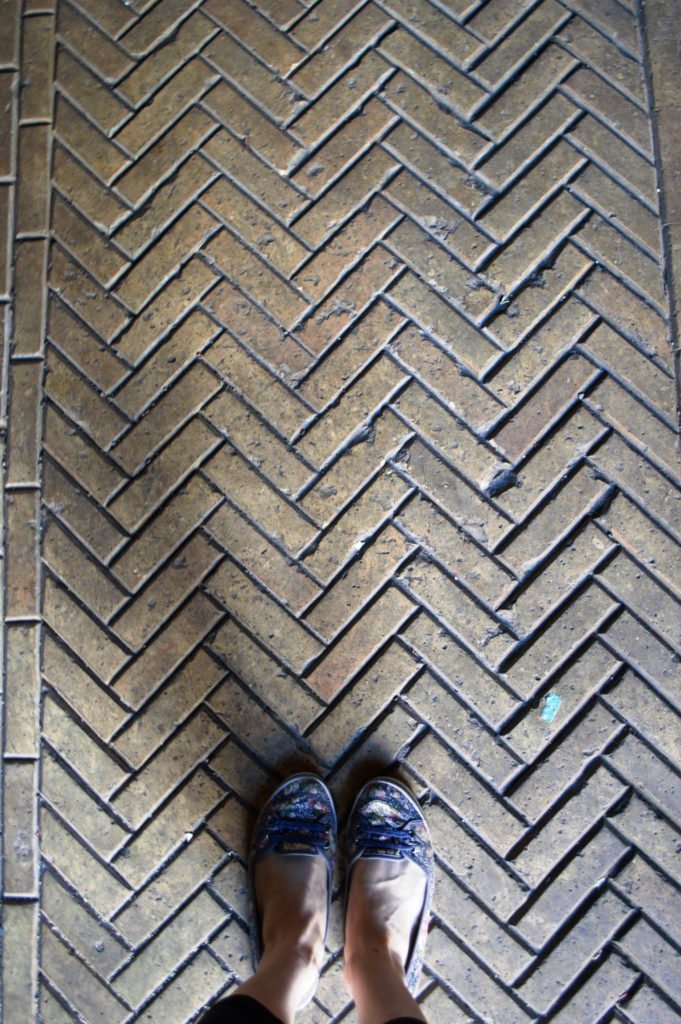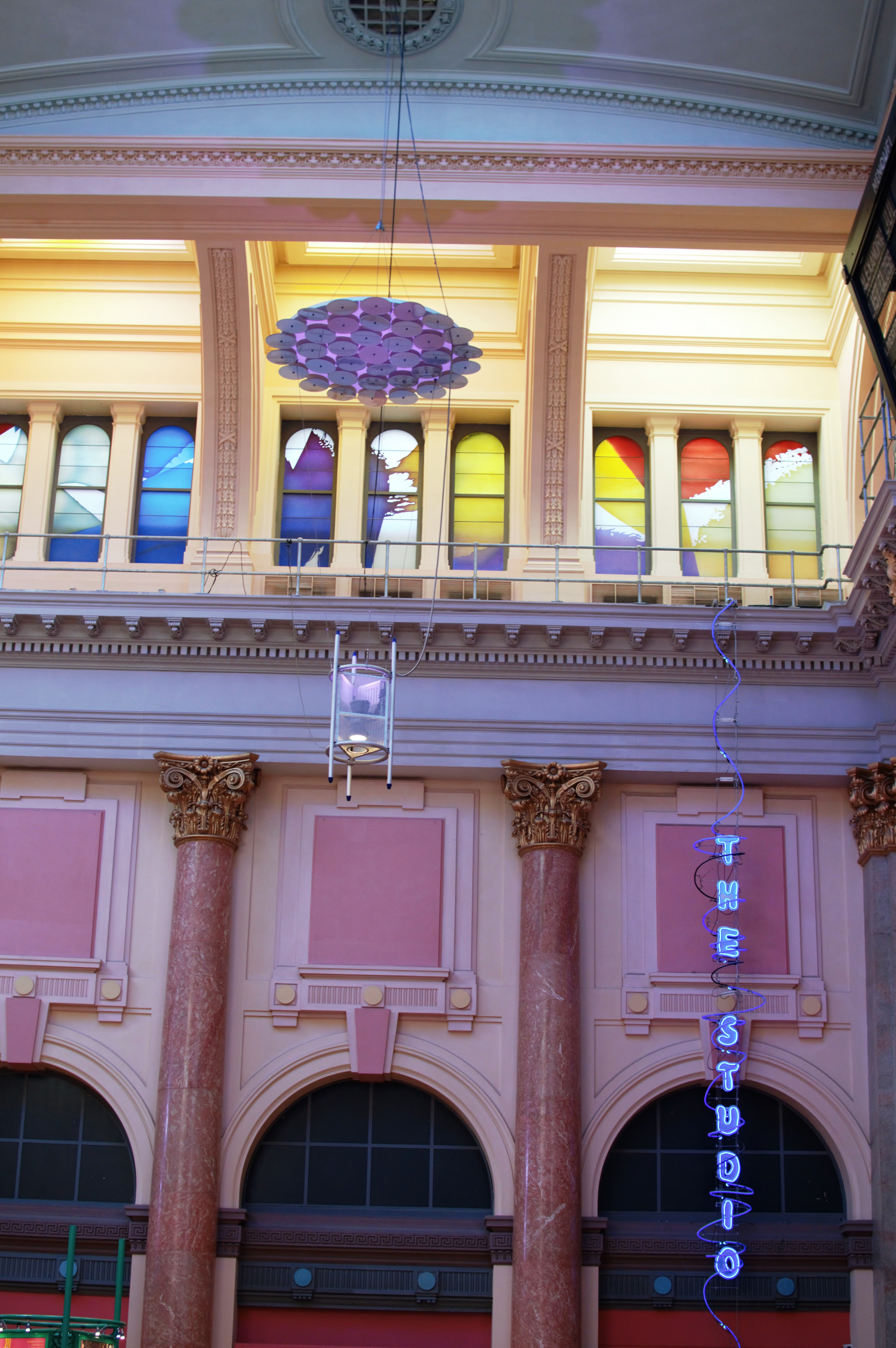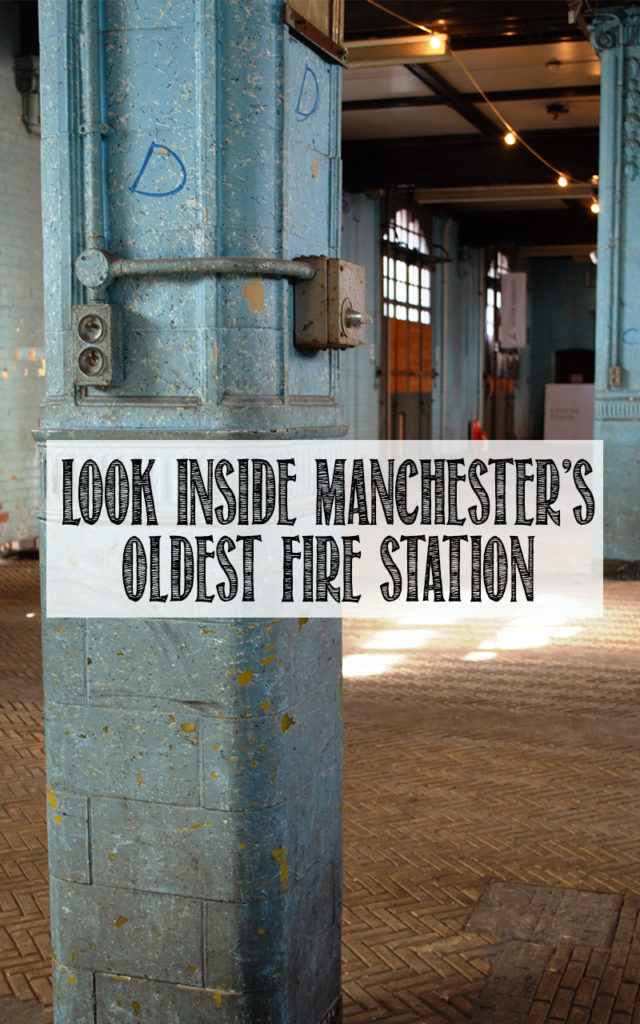
Calling all architecture nerds!
Today I’m sharing with you a tour of the absolutely beautiful London Road Fire Station in Manchester. So often, I’m guilty of walking past the most incredible buildings on my commute to work but not really seeing them.
It’s really only in the last few months that I’ve been stopping and snapping, when I’ve taken the time to look up at my city.
This particular building, if you’ve been to Manchester, you may have spotted. In fact, it’s directly opposite the taxi rank at Manchester Piccadilly train station and it’s a hard one to miss – but did you know that it was once a fire station? And a police station? And a bank? Because I didn’t until about a year ago. Even though the signs are all there, engraved right on the surface. And who could blame us? It’s been horribly neglected.
Until now.
Even though the Victorian beauty was left to rot gradually over 30 years under its previous ownership, earlier this year it was taken over and the doors have been opened to the public before it gets the overhaul it deserves – finally!
Me and my bestie booked quickly onto one of Jonathan Schofield’s tours of the site, and I can’t recommend his knowledge and passion for our city enough. Definitely booking on for more! So without further ado, let’s nerd out to some abandoned spaces in Manchester.
The Exterior
These are the ones you’re most likely to recognise if you’ve ever wandered past or been stuck on a Piccadily platform, and at first I didn’t think it looked too bad! Upon closer inspection though, the 1906 tiles have been stained from decades of traffic pollution and the original wooden windows and doors are peeling from neglect. The higher up you look, the more sorry it becomes. Jonathan tells us that these tiles should actually shine in the sun (something we were blessed with on the tour!) and that it was once something the community took great pride in, often painstakingly using toothbrushes to ensure the intricate details of the scultptures were kept looking their best. Let’s hope we see them sparkle again soon.
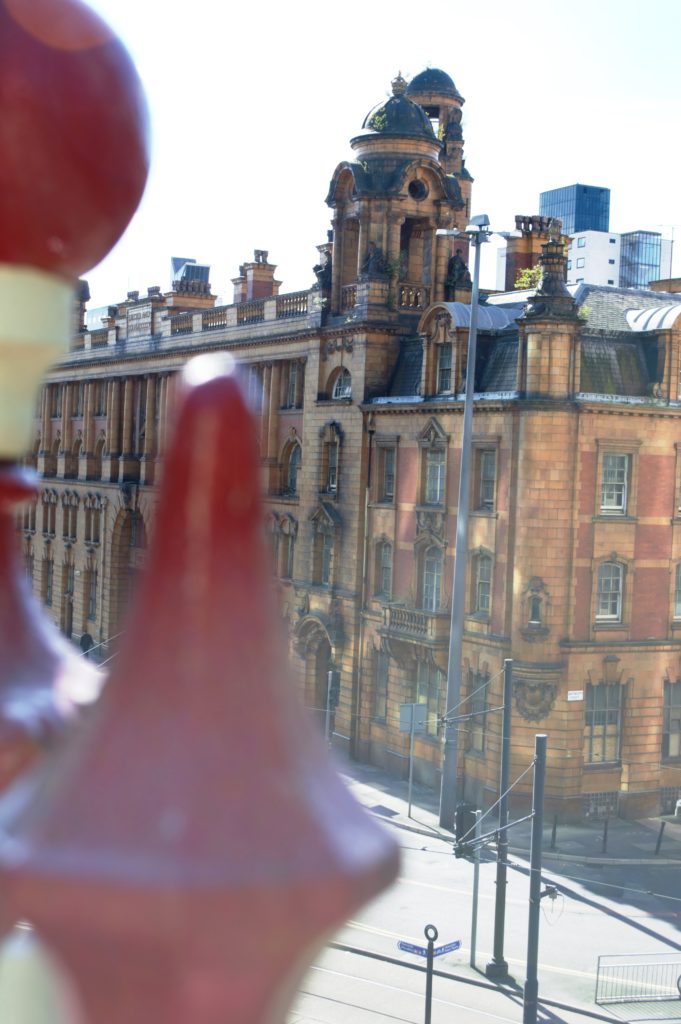
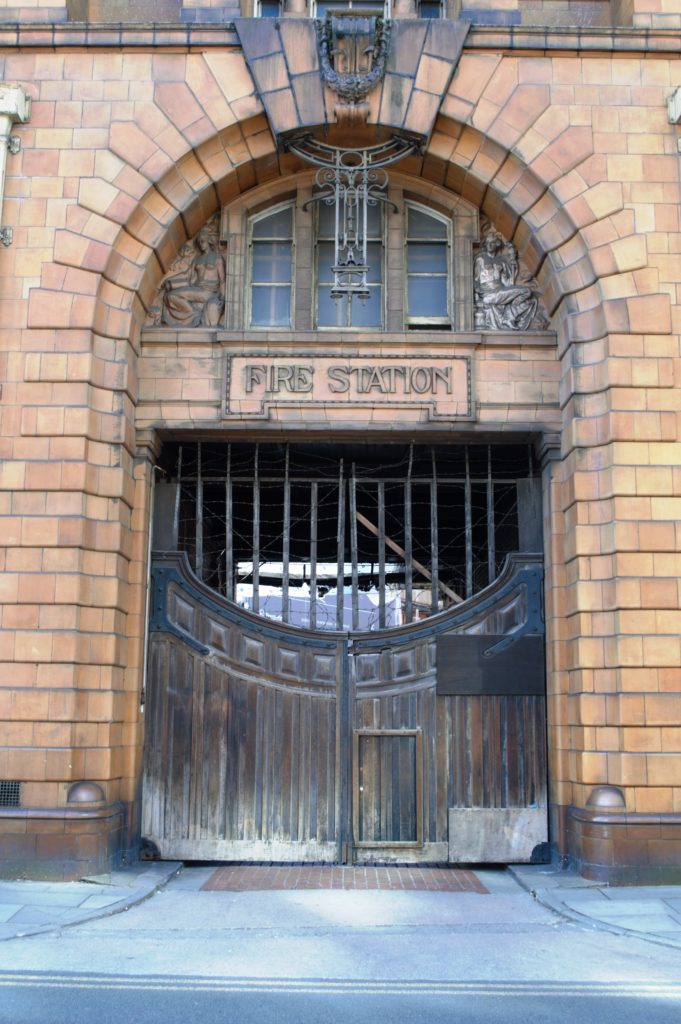
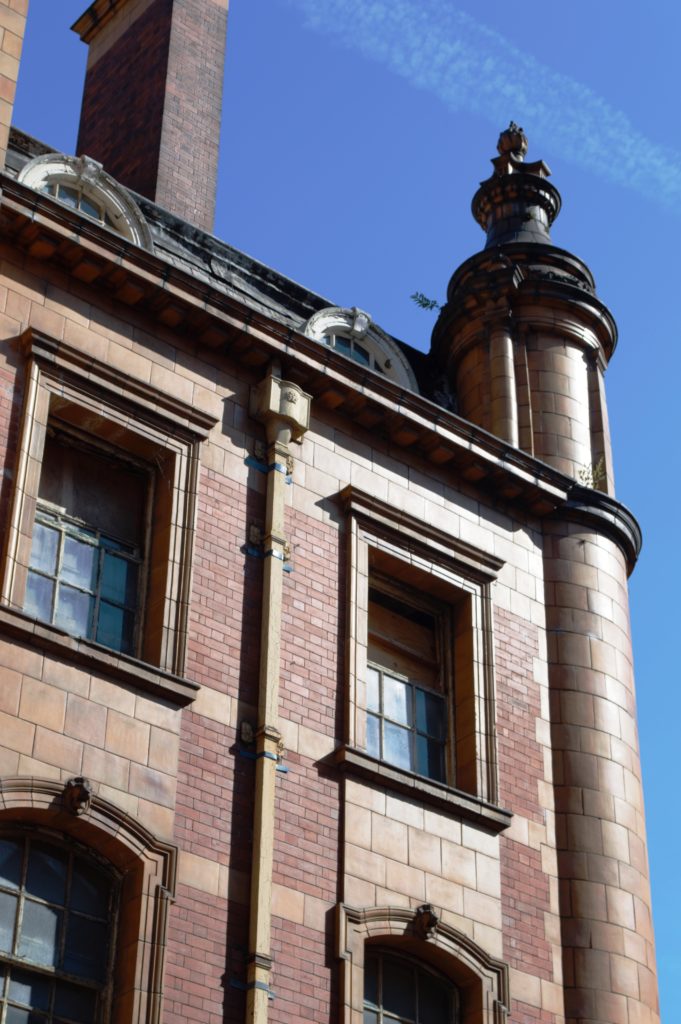
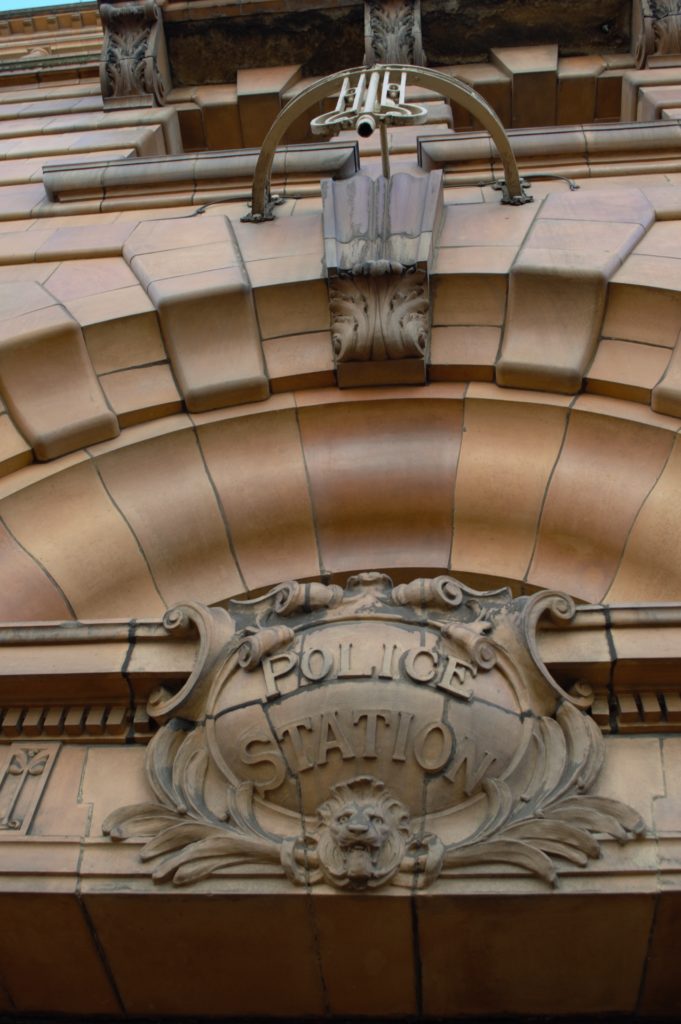
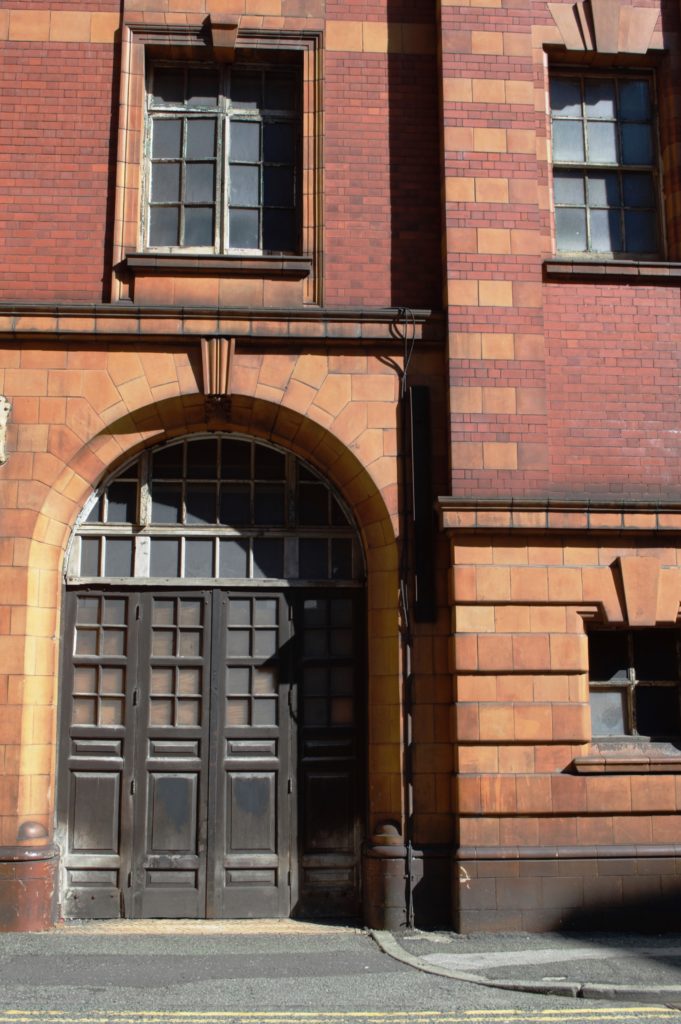
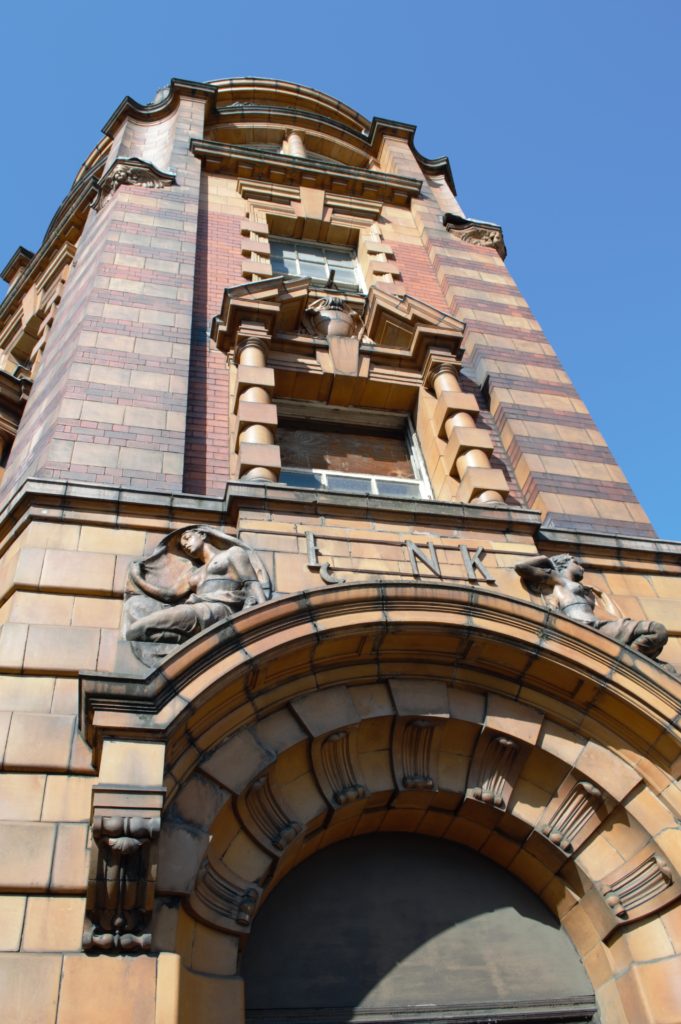
The Courtyard
The buildings are organised in a triangular format which all form the perimeter of a beautiful courtyard. We’re told that they once would have been filled with a community, with children running on the balconies and playing pranks on the workmen below – not just your typical fire engines (which would have originally been horse-drawn!)
I so wanted to go up onto one of the many balconies that overlook the courtyard to take a peek at the gorgeous view they must have enjoyed every day but as you might be able to tell from the pictures, the balconies and upper levels have been so far neglected that it’s just not safe, and access is restricted. If the plans to turn this area into hotel rooms comes to light though, I’ll definitely be booking in to take a look!
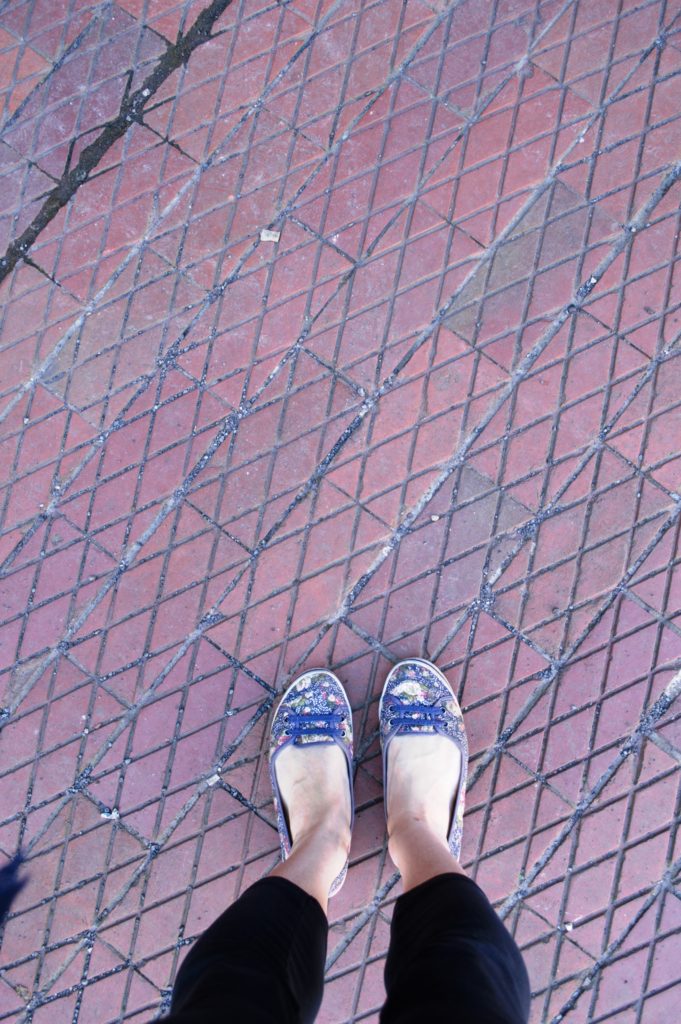
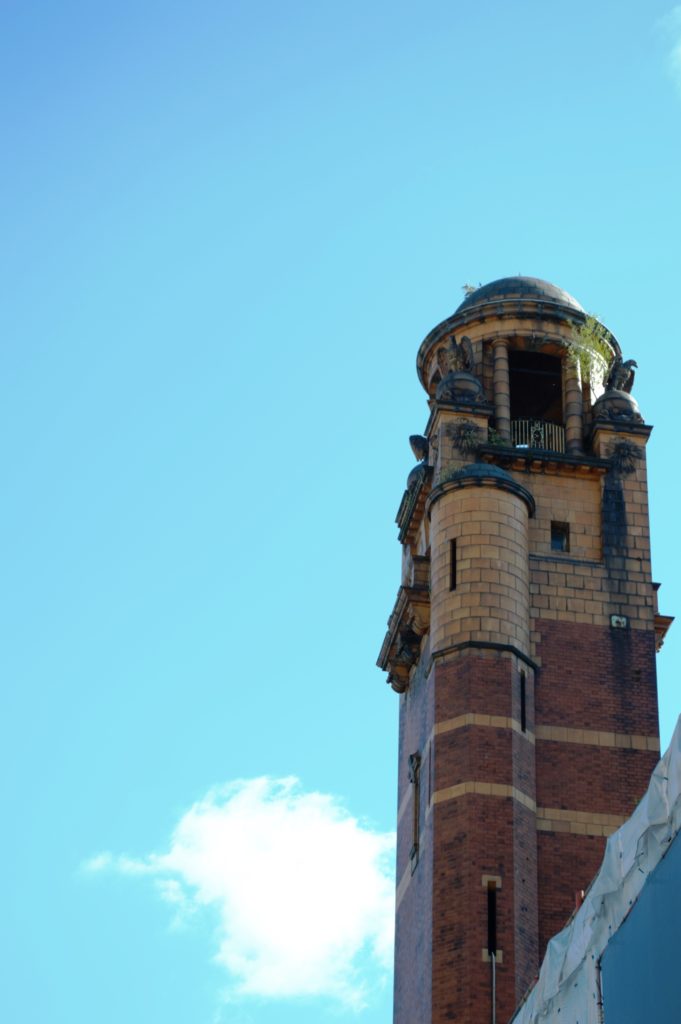
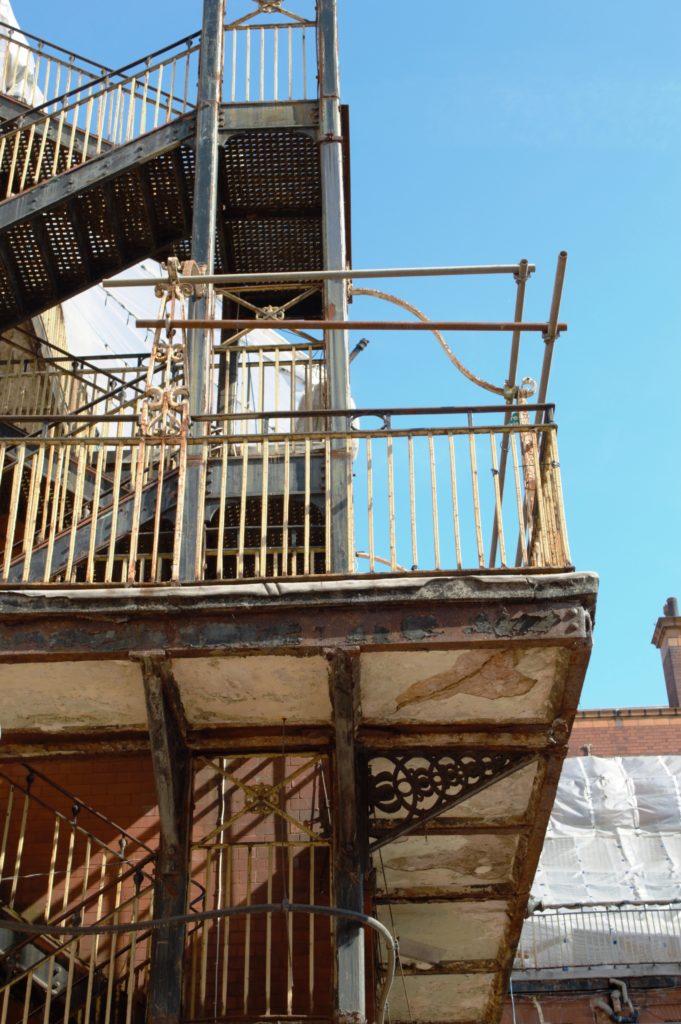
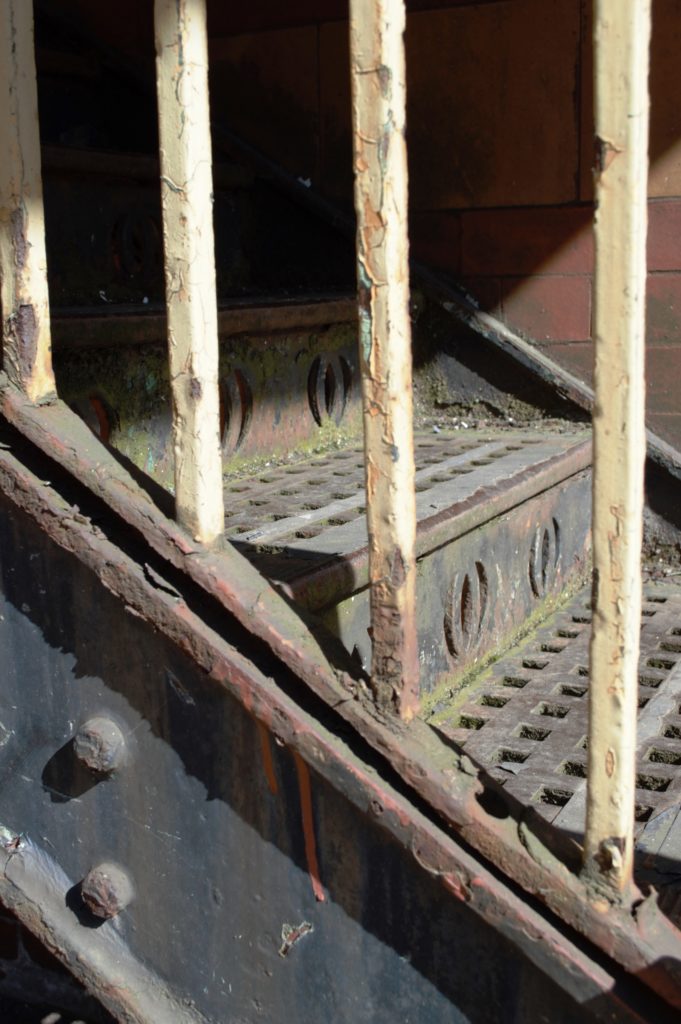
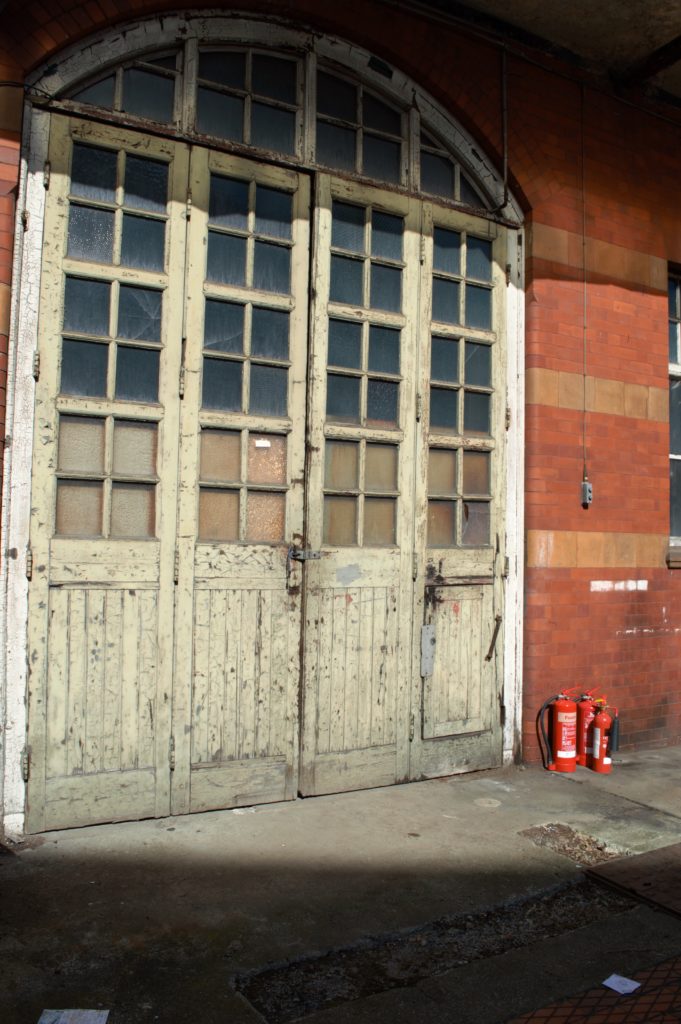
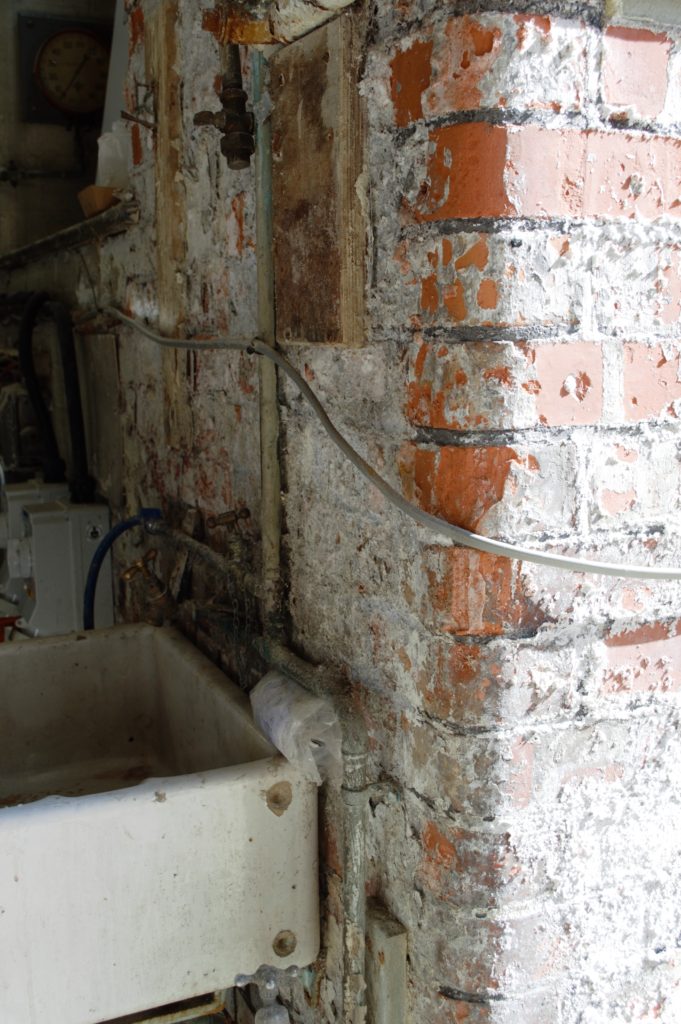
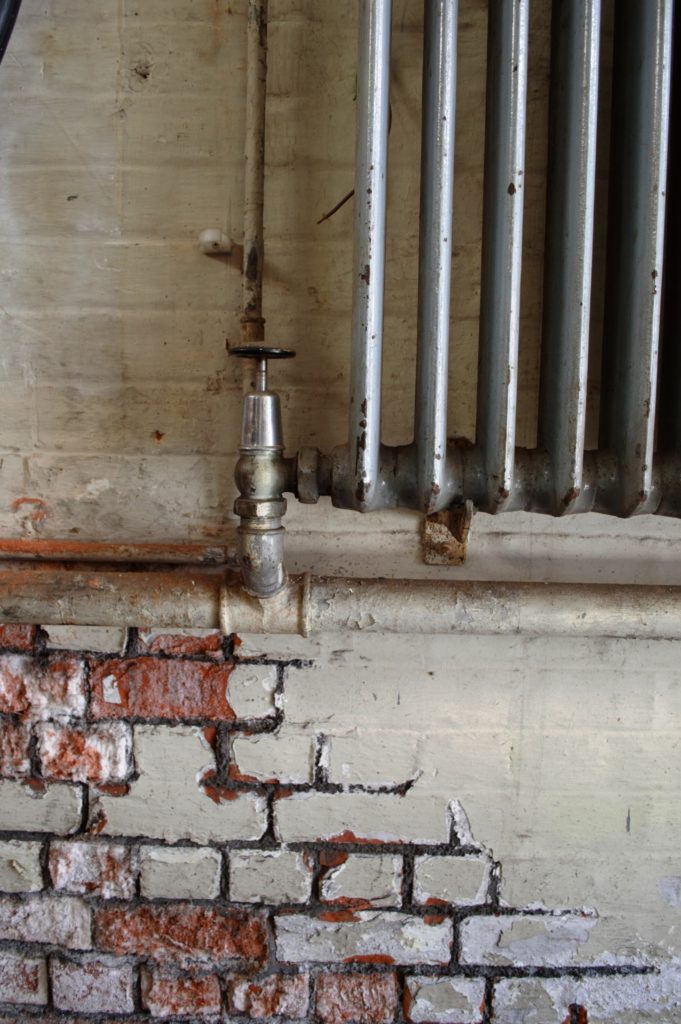
The Engine Room
This was probably my favourite space of the tour, and it looked all the more gorgeous with the moody alcoves and archways that framed the deterioration. The engine room is where you can find the fire poles, but to be honest, it was the colouring of the bricks and attention to detail which really caught my attention.
The colours are obviously faded now, and in many areas the paint is peeling away layer by layer – again showing both how beautiful it looked, and how gorgeous it will look again when it’s given a little love. It’s funny, because seeing the room completely empty only highlights a really regal feel, full of majesty and grandeur when in actual fact, the men who worked in this room would have been scrambling around pretty frantically, rather than lounging in a fabulous décor. We were told that it will soon be transformed into a restaurant and I, for one, cannot wait to go.
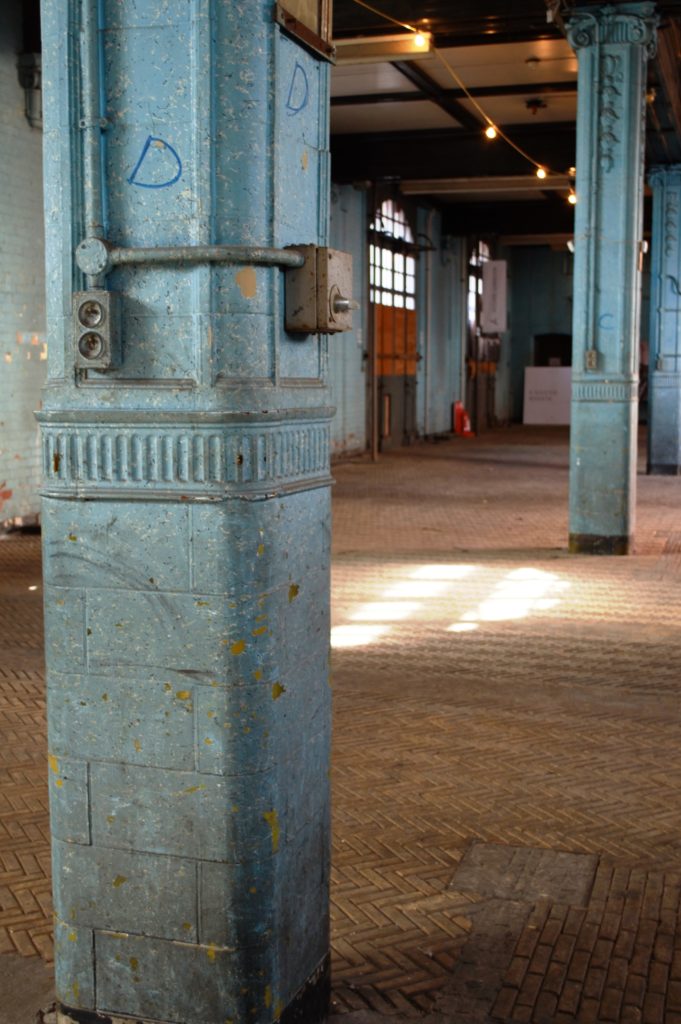
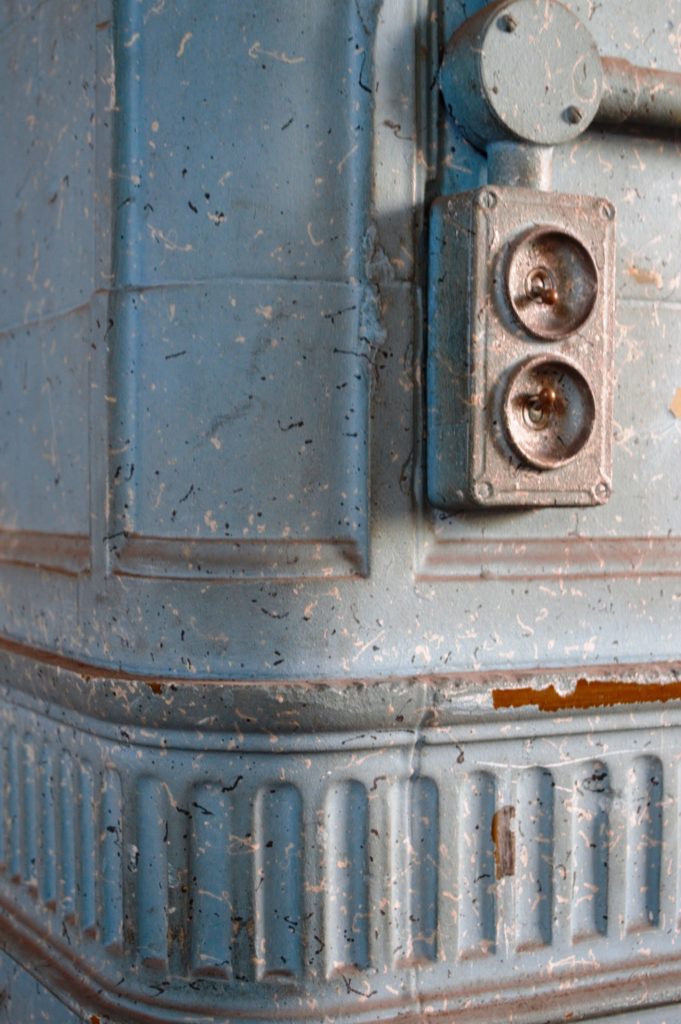
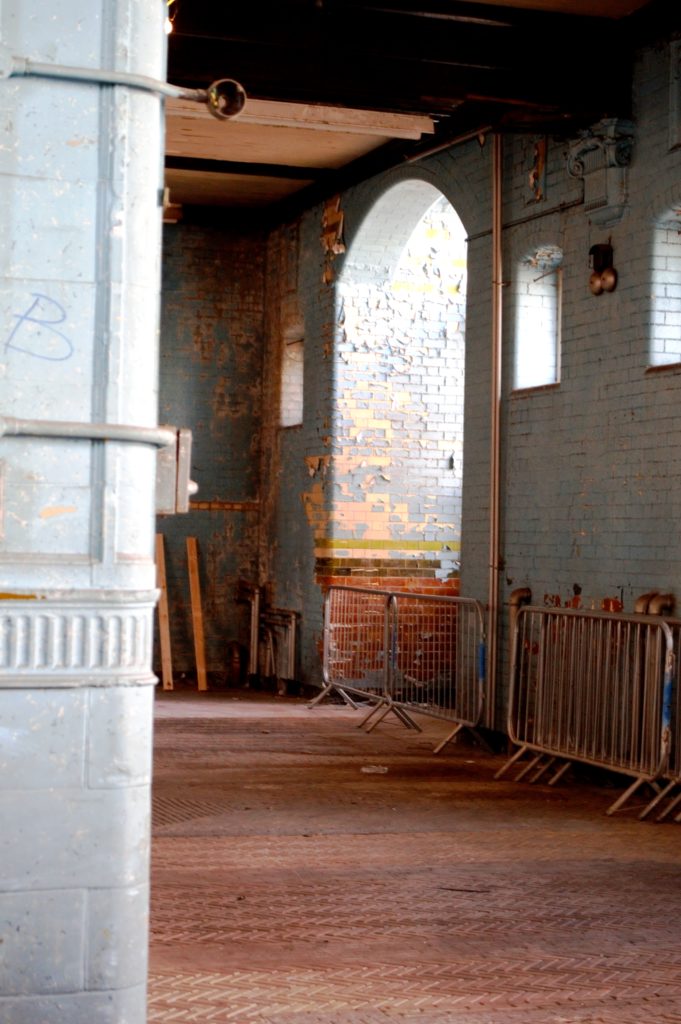
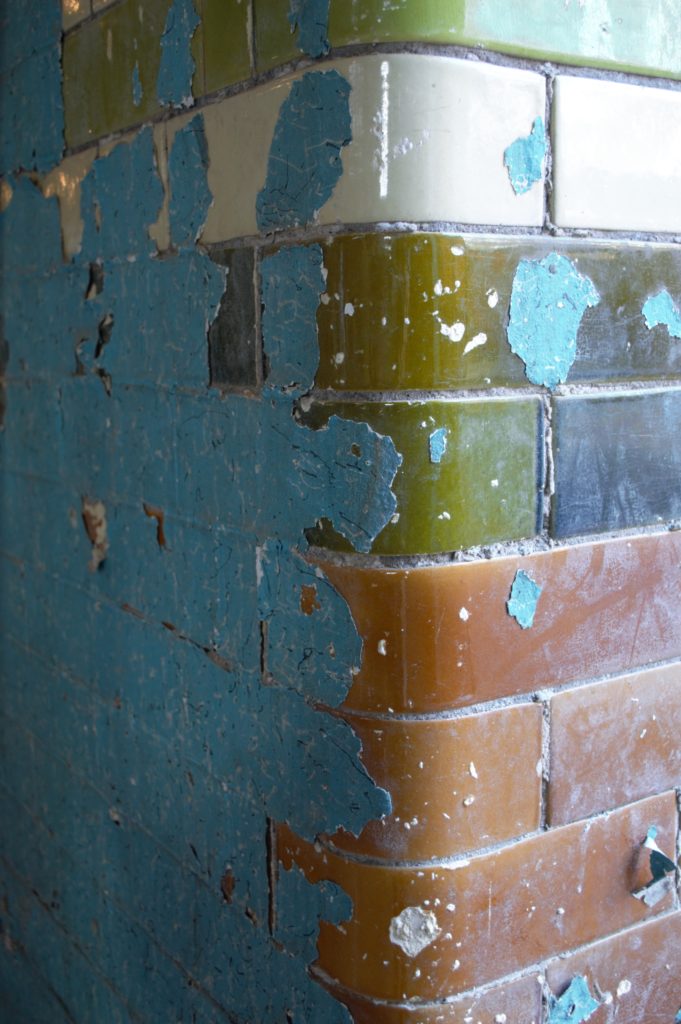
The Coroner’s Court
What a stunning room – and one I didn’t really expect to see, after following a dark staircase and a corridor of cracked tiles. A dark mahogany room (did anyone else read that in a Ron Burgundy voice?) and huge stained glass windows, it’s actually amazing how much of this room has been kept in its original state. It does look and feel very much like a courtroom and the smell of musky wood hits you as soon as you walk in the room – one I personally love. This court would have seen the stories of criminals in police cells and many proud moments of the service families who worked and lived at London Road, and you can still see much of the graffiti they left behind carved into the wooden benches.
Where the real travesty comes is in the roof. One single drip had been left for such a long amount of time, that it’s left its mark in the once-colourful ceiling. Not only has the paint peeled away, but much of the structure has started to fester. I fear that if the building were acquired much later than this year, this room might have collapsed altogether and the history been lost.
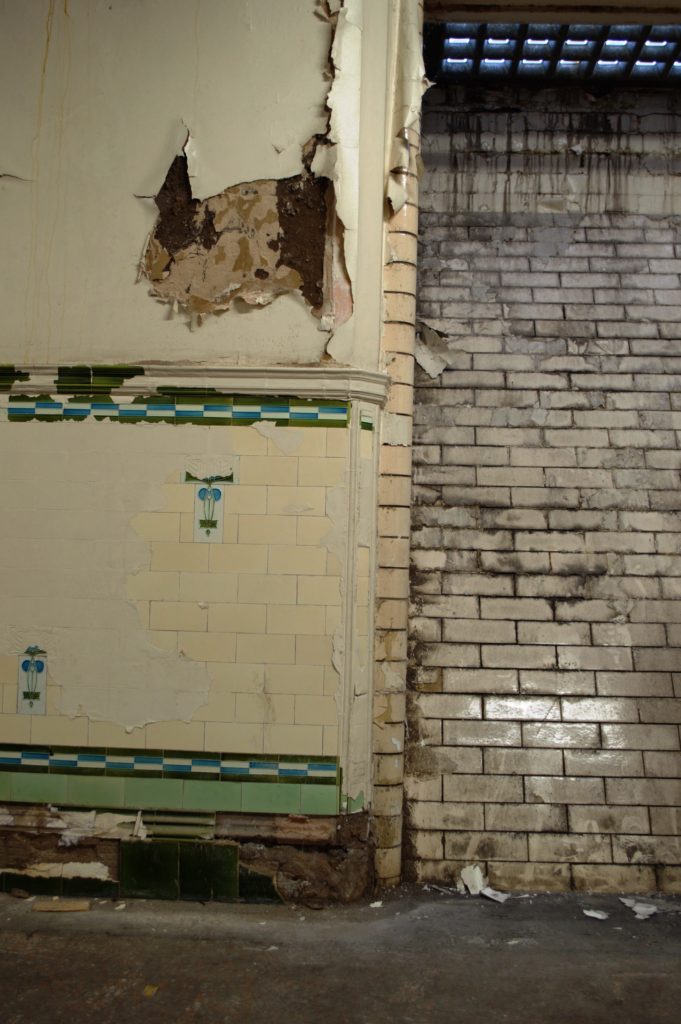
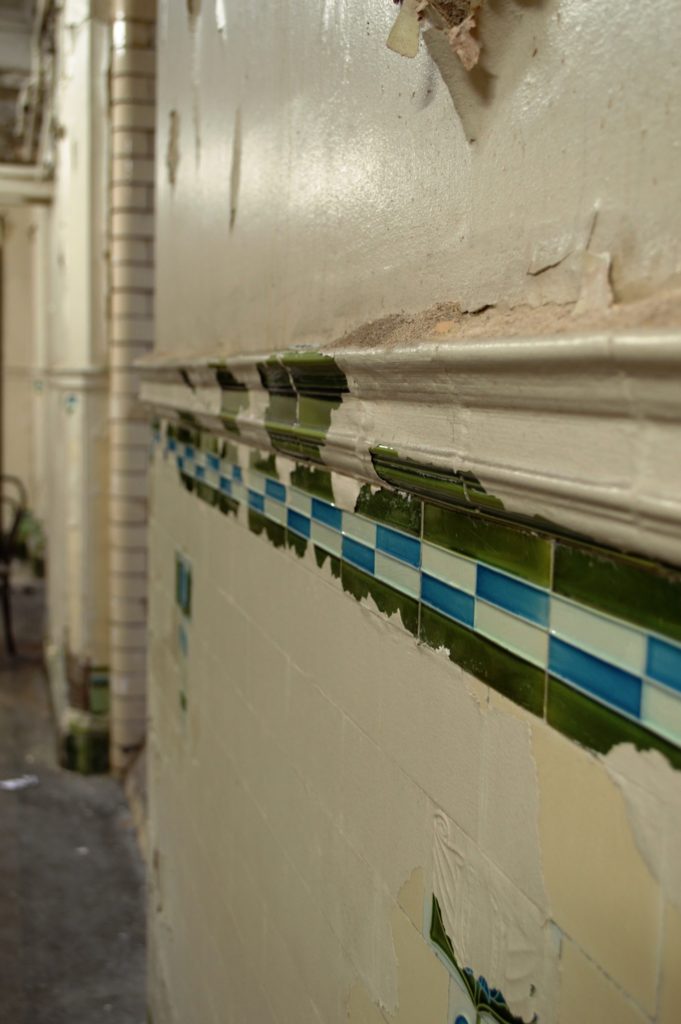
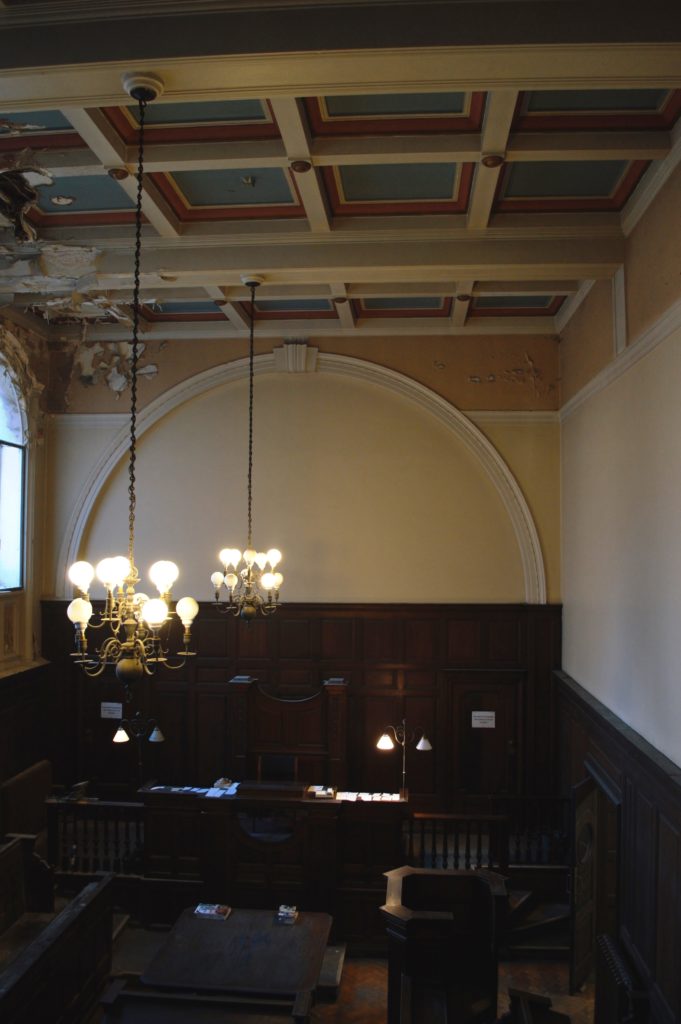
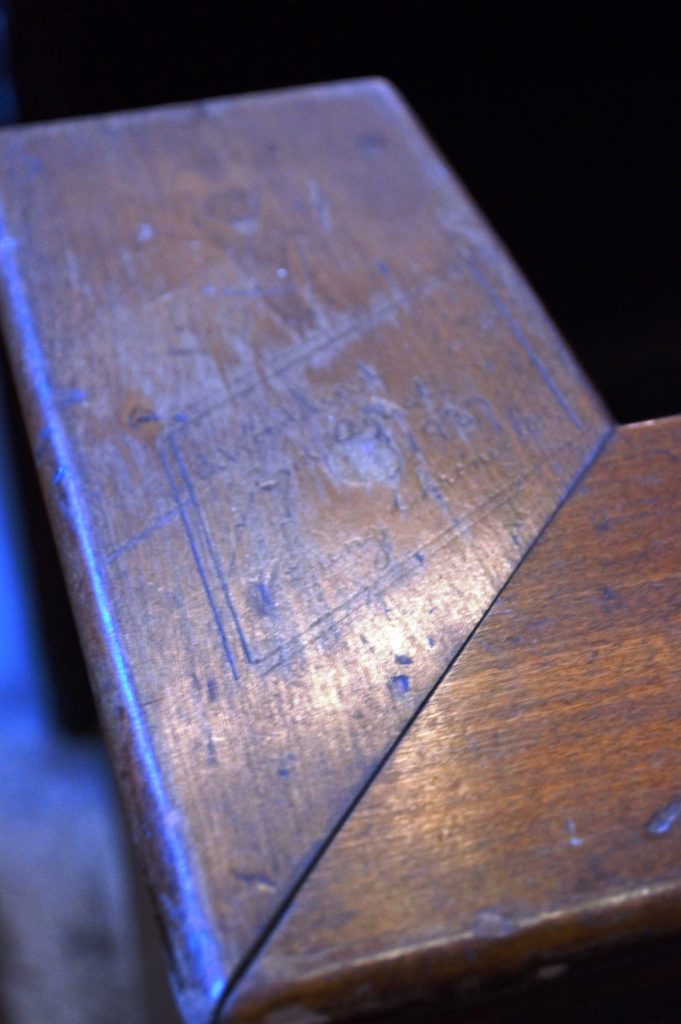

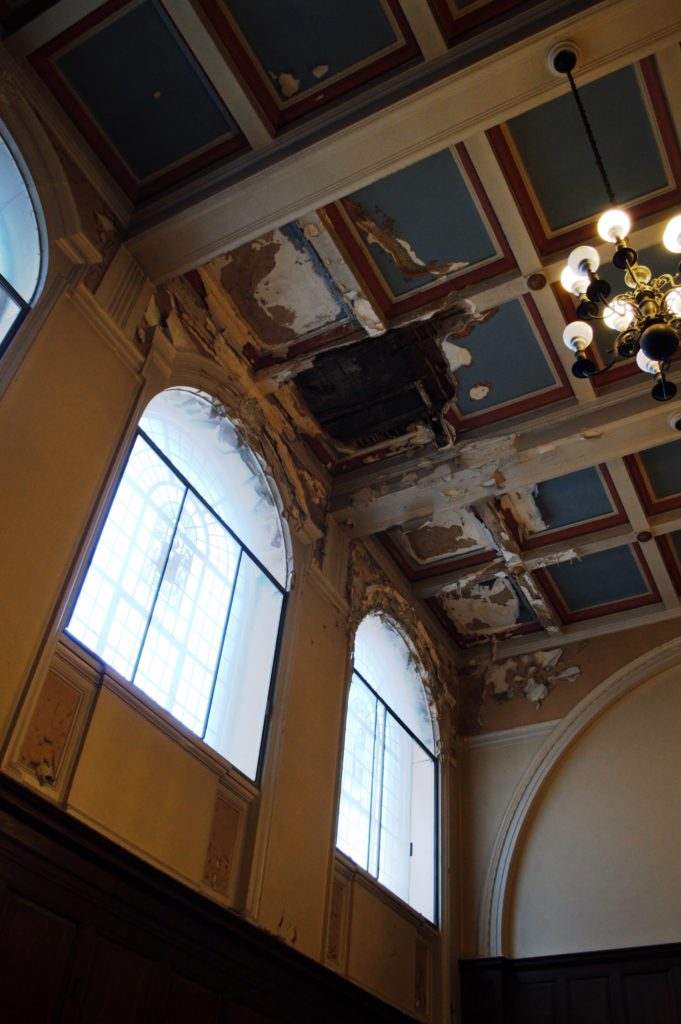
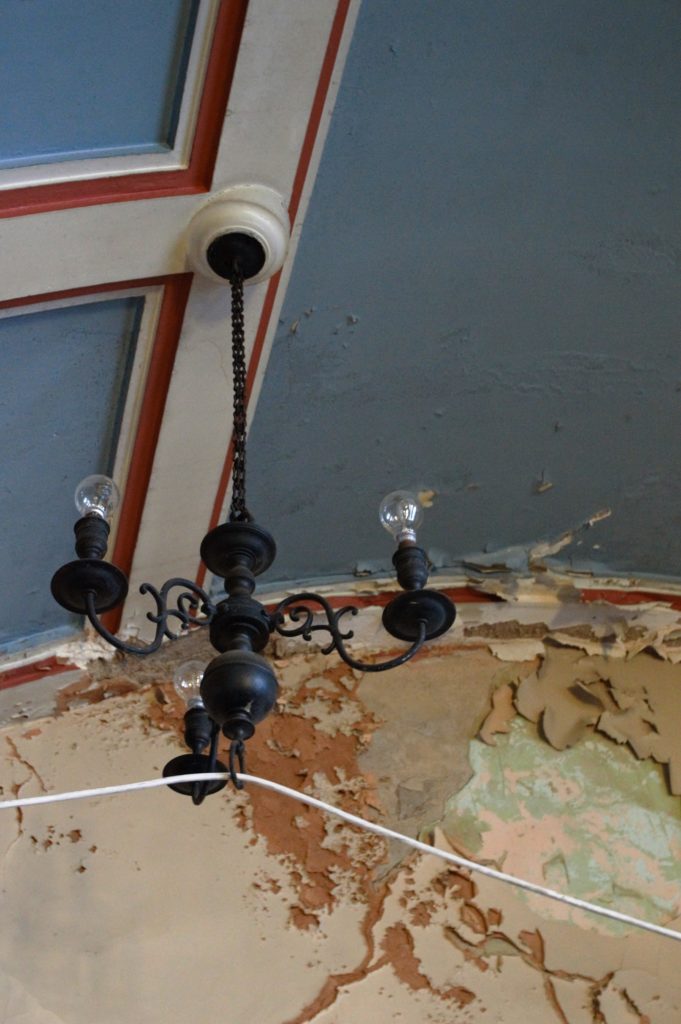
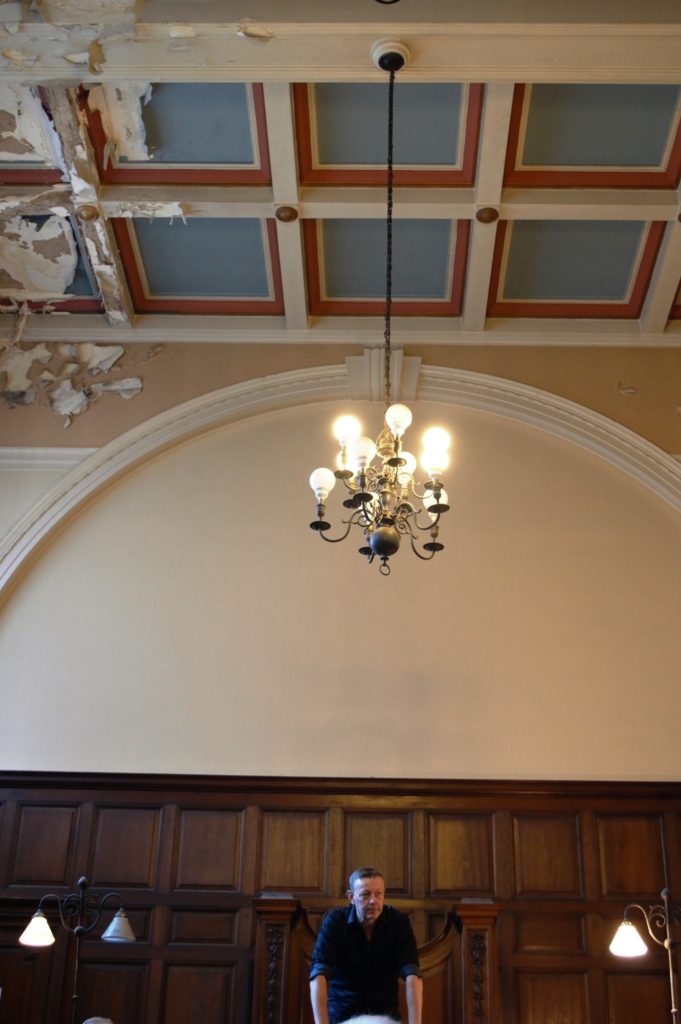
That there, on the witness stand, is Jonathan – our guide. It was such a fantastic tour and his stories full of enthusiasm for our city has already convinced me to book onto another (this time, an interiors-specific one yippee). I’d highly recommend them.
As for the fire station? Well, it’s been acquired by the Zetter Group who will be turning it into a boutique hotel, and from what I’ve read, Russell Sage Strudios will be doing the interiors, which should make for a gorgeous mix of restored heritage and funky luxury. Who knows how it’ll turn out, but one thing’s for sure, life has returned to the site.
